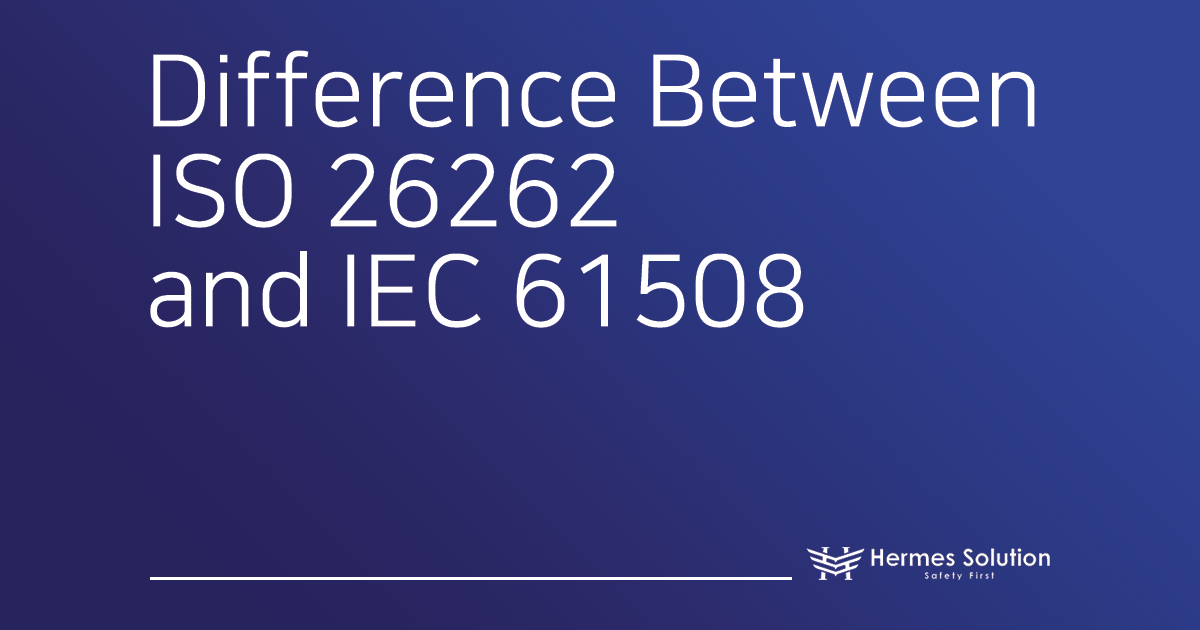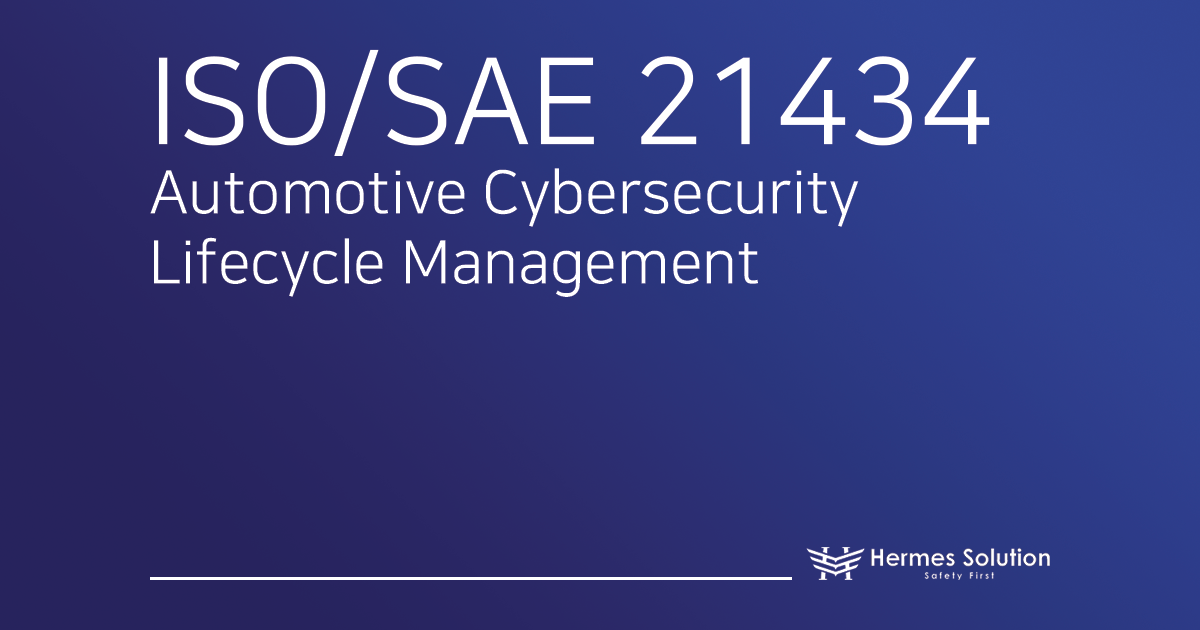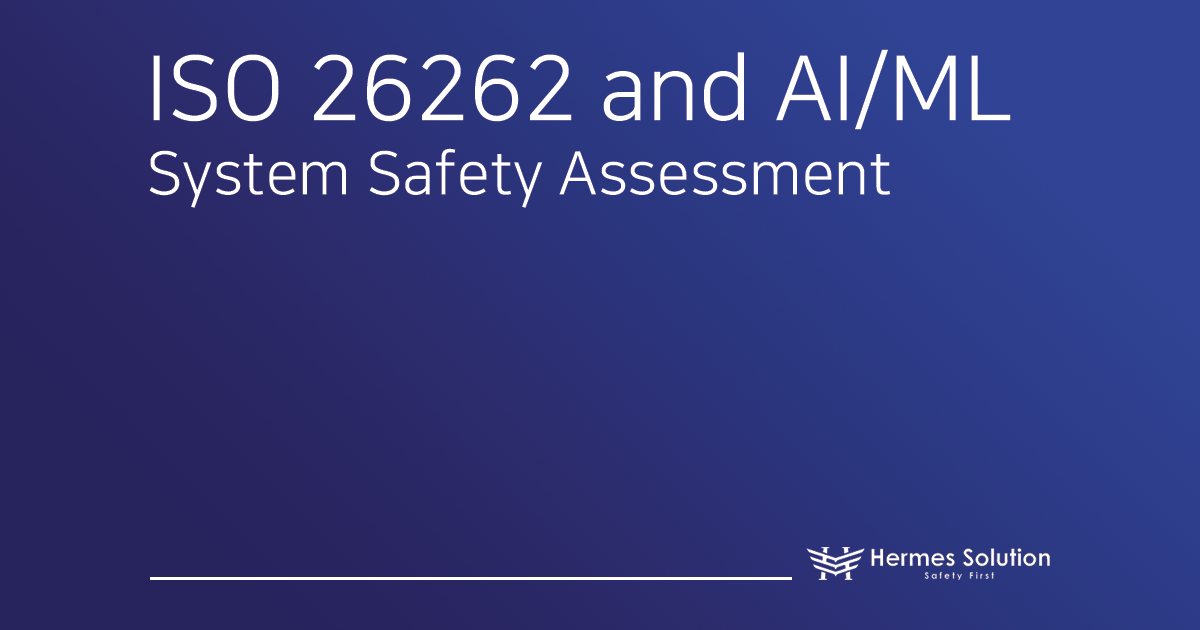Hello Engineers! This is Hermes Solution.
Today, let’s dive into two crucial international standards for safety-related systems: ISO 26262 and IEC 61508. Both focus on “How do we design systems to ensure safety?” but differ in their target industries and approaches.
Think of it this way:
ISO 26262 is a specialized manual for the automotive industry, while IEC 61508 is a general guide applicable across multiple industries.
Let’s break it down for easy understanding:
1. Where are these standards used?

ISO 26262: Functional safety standard for the automotive industry
Focused on ensuring safety in electrical/electronic systems for vehicles, including advanced technologies like autonomous driving and electric vehicles.Applicable to: Passenger cars, buses, trucks, motorcycles
IEC 61508: Functional safety standard for all industries
A foundational standard used in industries like energy, chemical plants, and manufacturing, providing a general framework for system safety.Applicable to: Various industrial sectors
2. Safety Levels: ASIL vs SIL
Both standards define safety levels to determine “How much risk reduction is necessary?”
ISO 26262 – ASIL (Automotive Safety Integrity Level)
A specialized system for automotive applications with levels ranging from ASIL A to ASIL D (D being the highest).Factors considered:
Severity of the potential accident
Likelihood of exposure
Controllability by the driver
IEC 61508 – SIL (Safety Integrity Level)
A generic safety level for various industries, with levels ranging from SIL 1 to SIL 4 (4 being the highest).
Safety levels are determined quantitatively based on risk reduction needs.

3. Differences in Development Approach
ISO 26262: Tailored processes for the automotive industry
Addresses specific requirements for software and hardware design in vehicles.IEC 61508: Broad and flexible guidance
Designed to be applied across a wide range of industries and projects.
4. Scalability and Application
ISO 26262: Covers cutting-edge automotive technologies
Continuously evolving to include advanced systems like autonomous driving and electric vehicle batteries.IEC 61508: The “parent standard” for other industries
Acts as the foundation for derived standards in sectors like railways (EN 50128) and machinery (IEC 62061).
5. Quick Comparison

Summary

✔️For automotive functional safety? → ISO 26262
✔️For other industries’ safety systems? → IEC 61508
Both standards share the same goal: ensuring human safety. The difference lies in ISO 26262 diving deeper to meet the automotive industry’s specific and stringent requirements.
Final Thoughts
Understanding these standards not only helps minimize mistakes during development but also leads to better products. Leverage the strengths of both ISO 26262 and IEC 61508 to suit your project’s needs!
At Hermes Solution, we offer in-depth ISO 26262 functional safety training to guide you through these standards. Reach out anytime for more information! 🚗✨












